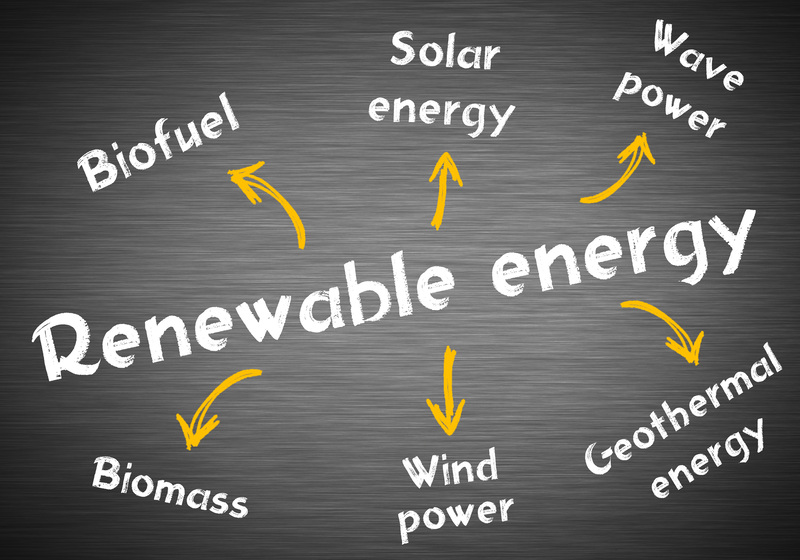Easy Steps for Everyday PPE Waste Disposal
In our modern world, the use of personal protective equipment (PPE) has become an everyday necessity. With increased usage comes a crucial responsibility: ensuring proper PPE waste disposal to protect ourselves, our communities, and our environment. Whether at home, work, or out in public, knowing the correct way to dispose of masks, gloves, face shields, and other PPE items is essential.
This comprehensive guide will lead you through easy everyday steps for safely disposing of PPE waste, offer practical tips, and explain why correct disposal matters now more than ever.
Why is Proper PPE Waste Disposal So Important?
PPE, such as disposable gloves and masks, has played a crucial role in mitigating the spread of viruses and bacteria. However, improper disposal presents significant health and environmental risks:
- Health Hazards: Improperly disposed PPE can potentially spread contaminants or germs to waste workers, the public, and wildlife.
- Environmental Impact: Most PPE items are made from plastics that don't decompose easily, leading to persistent pollution in landfill and, worryingly, water bodies.
- Visual Pollution: Littered masks and gloves in public places can degrade community aesthetics, resulting in an unsightly environment.
Recognizing PPE Waste
- Disposable Face Masks (surgical, N95, FFP2/FFP3, etc.)
- Latex, nitrile, or vinyl gloves
- Single-use gowns and aprons
- Protective face shields or goggles
- Shoe covers and hair nets
All these items, once used, constitute PPE waste that requires correct disposal.

Step-By-Step Guide: Easy PPE Waste Disposal for Everyday Use
Step 1: Designate a PPE Disposal Area at Home or Work
- Place a lined, covered bin in a convenient spot near your entrance, exit, or bathroom.
- Label the bin as "PPE Waste Only" to avoid confusion.
- Ensure only used PPE is thrown in this bin, not regular household waste or recyclables.
Step 2: Safe Removal of Used PPE
- Before removing PPE, always clean your hands with soap and water or hand sanitizer.
- Remove masks and gloves by the straps or edges to avoid touching the outside surface.
- Do not shake used PPE or place it on any surfaces.
Step 3: Segregation is Key
- Do not mix PPE waste with recyclables or organic waste.
- If feasible, use a different colored bag (such as red or yellow) for PPE items to alert waste collectors.
- Keep the PPE waste bag sealed and avoid overfilling.
Step 4: Disposal of Used PPE Waste
- Once the bag is three-quarters full, tie it tightly to seal.
- If possible, double-bag the waste to minimize risk of leakage or contamination.
- For those caring for sick individuals, wait 72 hours before placing PPE waste in the outside bin, as per some local health guidelines.
- Only use standard household trash collection--never dispose of PPE waste in recycling bins.
Step 5: Personal Hygiene After Handling PPE Waste
- Immediately wash your hands thoroughly for at least 20 seconds.
- Disinfect any surfaces that came in contact with PPE waste.
- Avoid touching your face, especially nose, eyes, and mouth, during the process.
Special Considerations for Public PPE Waste Disposal
Using Public Bins Responsibly
- If you must dispose of PPE outside your home, always use bins specifically marked for PPE waste.
- Never leave PPE on benches, sidewalks, under car seats, or in parking lots. This endangers wildlife and sanitation workers.
- If no bin is available, place your used PPE in a resealable plastic bag and take it home for safe disposal.
Community & Business Responsibility
- Businesses should provide visible and accessible PPE waste bins at entrances, exits, or high-traffic zones.
- Display clear signage indicating correct PPE waste uploading protocols.
- Educate employees and customers about the importance of responsible PPE disposal.
PPE Waste Disposal Variations for Different Settings
Home
- Assign one small bin for all used masks & gloves.
- Only touch straps when removing masks/gloves.
- Seal bin bag for collection; disinfect bin surfaces regularly.
Workspaces
- Deploy covered pedal bins in key locations for staff and customer use.
- Schedule regular waste pick-up and cleaning of disposal bins.
- Enforce PPE disposal training as part of workplace safety protocols.
Hospitals, Clinics, and Healthcare Facilities
- PPE waste is classified as medical waste--must be handled per local regulations.
- Designate color-coded containers for PPE disposal (usually yellow or red).
- Staff must use gloves and hand sanitizer when disposing of PPE waste.
- Medical waste collection performed by authorized services only.
Eco-Friendly Tips for PPE Waste Disposal
While PPE is essential for safety, its proliferation has amplified plastic pollution worldwide. Here are some eco-conscious steps you can follow:
- Opt for Reusable PPE where Safe: Cotton masks or washable face shields can be sanitized and reused, reducing waste significantly.
- Cut Ear Loops: Before disposing of masks, snip the elastic loops to prevent wildlife entanglement.
- Compact Properly: Fold items to occupy less space, maximizing bin efficiency.
- Avoid Flushing: Never flush PPE down toilets or drains. This leads directly to waterway pollution.
- Participate in Take-Back Programs: Some communities and pharmacies have PPE collection programs. Check local resources for options.
What Not to Do: Common PPE Waste Disposal Mistakes
- Don't put used PPE in recycling bins. They cannot be recycled with household plastics or paper.
- Don't litter--improper PPE disposal can spread germs and harm wildlife.
- Don't burn PPE at home, as it releases harmful toxins into the air.
- Don't reuse disposable PPE--single-use items are not built for safe repeated use.
PPE Waste Disposal and Local Guidelines
Guidelines for PPE waste management may differ depending on your country or city. It's essential to stay updated:
- Check your local government or waste authority website for the latest advice on handling infected or regular PPE waste.
- Some regions require PPE waste to be double-bagged or quarantined before street collection.
- Healthcare settings often have stricter rules and color-coded bins for infectious waste.
PPE Waste Disposal Solutions for Families with Sick Members
If someone in your family is ill with a contagious virus, enhance these precautions:
- Assign a bin and bathroom solely for the sick person's use whenever possible.
- Handle their used masks, tissues, and gloves with gloves, then wash hands thoroughly.
- Double-bag and label their PPE waste before placing it for collection, as per health guidelines.
- Disinfect the bin area and any touched surfaces regularly.

The Future of PPE Waste: Innovations and Alternatives
The pandemic has kickstarted research into sustainable PPE disposal and alternatives:
- Biodegradable and compostable masks made from natural fibers are being developed.
- Recycling technologies for PPE plastics are emerging to divert items from landfills and convert them into new materials.
- Smart bins equipped with touchless operation and internal sanitization are being deployed in some cities.
Summary: Easy Steps for Daily PPE Waste Disposal
Proper PPE disposal is a simple yet powerful way to safeguard public health and the environment. By following these easy steps for daily PPE waste disposal, every individual plays a role in reducing contamination, litter, and pollution:
- Designate and clearly label a PPE waste bin.
- Remove PPE carefully and wash hands afterwards.
- Keep PPE waste segregated from recycling or regular rubbish.
- Seal, double-bag, and dispose using household waste services.
- Adopt eco-friendly habits and stay informed on guidelines.
With a little attention and responsibility, we can all contribute to a safer, cleaner, and healthier community. Together, let's make everyday PPE waste disposal easy and effective!
FAQ: Easy PPE Waste Disposal Steps
- Where should I dispose of disposable masks and gloves?
Always use a bin designated for general waste. Never place PPE in recycling bins or public spaces. - Can PPE items be recycled?
Most single-use PPE cannot be recycled in regular curbside collection. Some specialized programs may exist in your area. - Is burning PPE at home a safe method of disposal?
No. Burning PPE releases toxins that are harmful to health and the atmosphere. Only use licensed waste treatment or incineration facilities. - How can I minimize PPE waste?
Choose reusable PPE where possible, and support companies developing biodegradable alternatives. Always use only what is necessary.
By following these easy steps for everyday PPE waste disposal, you can protect your health, those around you, and create a cleaner environment for all.
